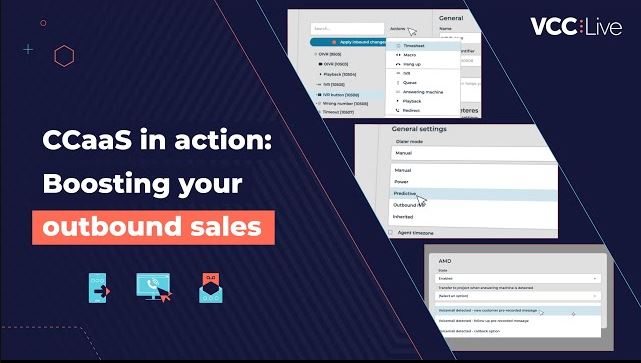For customer service teams across many industries all over the world, a global crisis like the current pandemic brings a dramatic increase in customer queries.
In such a tense situation, where customers are often angry, stressed and even afraid, maintaining the level of service they expect is no small feat. We’ve collected some crisis communications tips to help your team keep customer service levels as high as possible!
Prepare Your Team
Having to respond to an increased number of customer queries can be quite challenging for any customers service team. And while your team has probably dealt with peak times already, this time they will need to provide customers with systematic updates about how the pandemic will influence your products and services. Depending on the nature of your campaigns, you might receive an influx of new orders, while other customers will request cancellations or refunds.
In such a situation, providing your team with all the necessary information is our first and one of the most important crisis communications tips. Create a document, let’s say an internal knowledge base, and include all the information you gathered so far and your team needs in order to assist customers. Make the document accessible to your team and easy to update. Make sure to systematically update the document whenever you receive a new piece of information.
Create a Specific Page for Customers
In an unexpected situation when your incoming calls skyrocket, you’ll need to find ways to ease your customer service lines. One useful method to at least partly free up your phone lines is to create a specific page which will serve as a public information point for your customers.
Create a user-friendly, easily accessible and organized page your customers will be able to browse and understand without getting lost in a messy page structure.
Also, make sure to share all the information regarding your product and services your customers need in order to know when to expect disruptions or delays, what to do in case they request cancellation or refund, and so on. Keep it short and simple!
Create a FAQ section
In a global crisis like the current one, even if you have a specific information page, your customer service team should expect to receive a great number of questions from customers. The good news is that some of these questions will be repeated over and over again. That is why your information page should contain a FAQ section.
Start listing the questions your team has to repeatedly answer. Check your social channels as well for repeated topics. Then it’s time to set up your FAQ section: It is often said that designing an FAQ section is very difficult, but in reality, perhaps it’s not as tricky as you think. If you still need any help with that, this article will definitely help.
What do your visitors want to achieve? To find answers as soon as possible, especially in a crisis scenario. So don’t let visitors get lost in endless number of questions. Make sure the content is well organized, so it’s easy to scan and navigate.
Support Your Team During the Crisis
Working in a call center can be emotionally exhausting even during an average day. Agents spend most of their time on the phone talking to customers, resolving complex issues with often angry customers. During a crisis, working as a call center agents can become overwhelming due to the increased number of calls and impatient customers, resulting in reduced support quality and high e. In this difficult situation, you need to support your team while they are doing their best to deliver service.
Adapting to an unexpected scenario is not only challenging for you but also for your employees. Also, as you’ve hopefully already switched to remote work, your team needs constant updates. So, make sure you consistently communicate with your agents, providing them all the information they need to support customers.
As we all know some channels are more difficult to handle than others. It is no question that dealing with an angry or impatient customer is worsts via phone. As such, it’s also a good idea to rotate your agents through channels if possible, allowing them to calm down after handling too many phone calls.
Managing a crisis is never easy, but eventually call volumes will drop and things get back to normal. Until then, with thorough preparation and clear communication, you can help your team to keep your service level as high as expected. What your crisis communications tips? Share them with us in the comments section!







